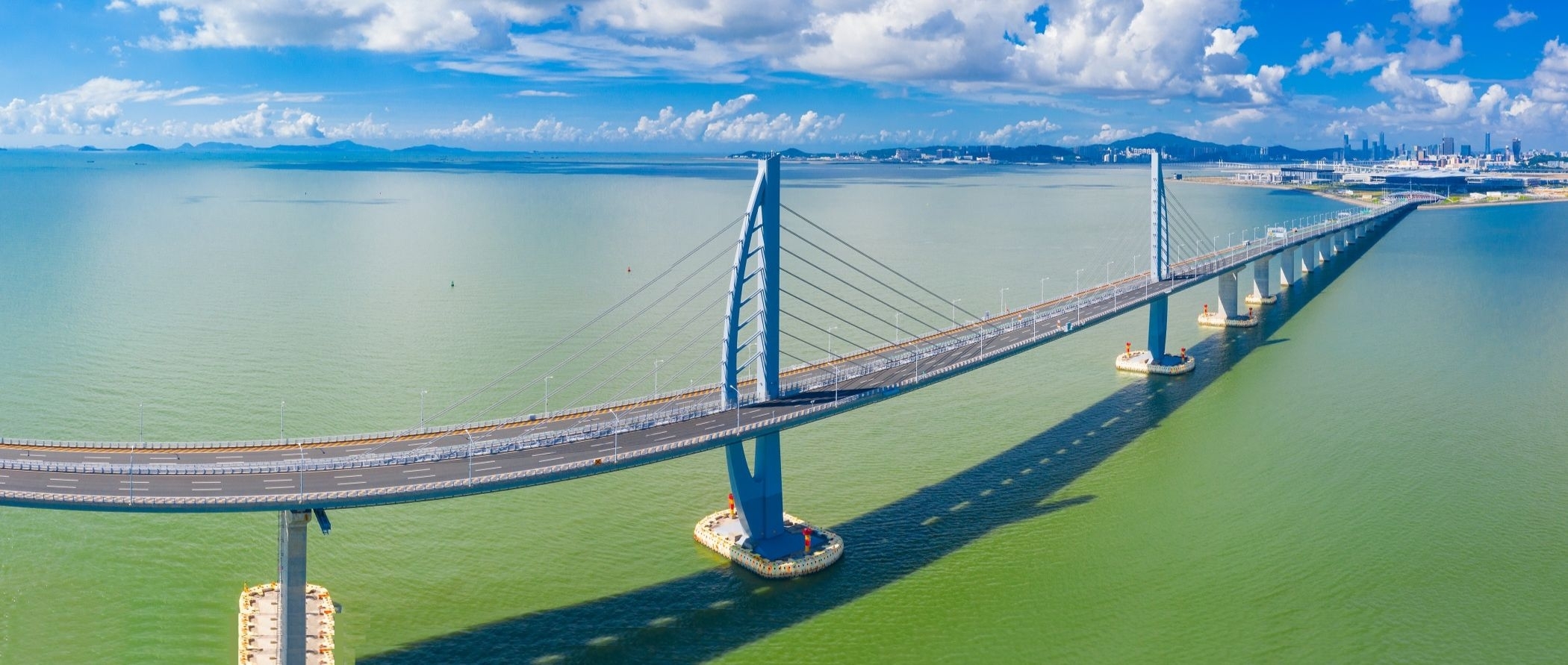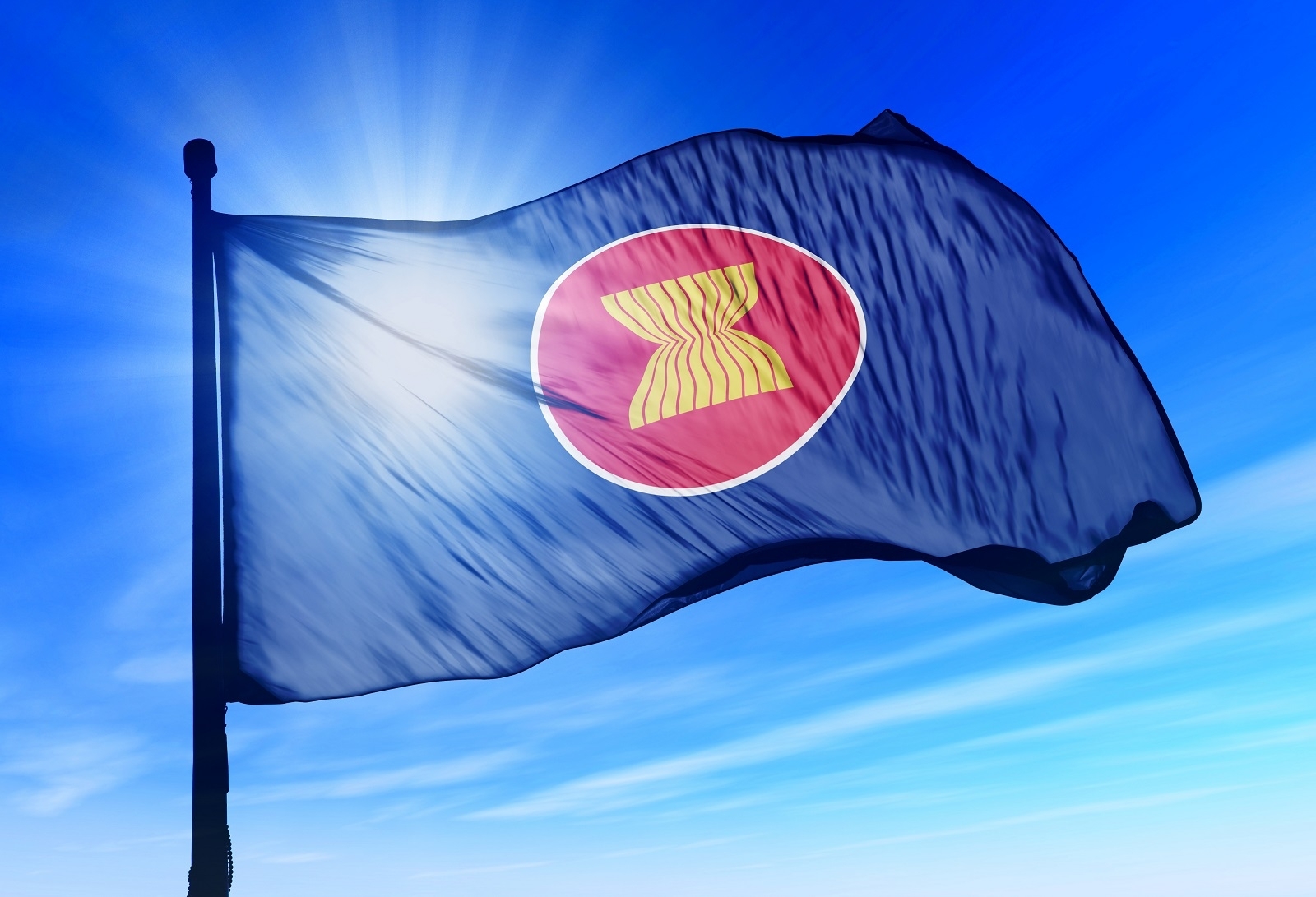Lighting fairs attract international buyers
Organised under the theme Bright Lighting • Smart Living, Smart Lighting Expo and Spring Lighting Fair attracted over 1,300 exhibitors and featured a diverse array of innovative lighting products and technologies ranging from sustainable and human-centric lighting to fashionable lighting products.
15 April 2024
Subscribe free e-newsletter
Latest on Asia business intelligence
Mobile-friendly design to read on the go
Customise your news by registering online
Learn about latest market updates and insights to empower your business.





